Palespotted corydoras - Corydoras gossei
Scientific name: Corydoras gossei
Common name: Palespotted corydoras
Family: Callichthyidae
Usual size in fish tanks: 5 - 6 cm (1.97 - 2.36 inch)
014
Recommended pH range: 6 - 7.5
Recommended water hardness: 2 - 25°N (35.71 - 446.43ppm)
0°C 32°F30°C 86°F
Recommended temperature range: 22 - 26 °C (71.6 - 78.8°F)
The way how these fish reproduce: Spawning
Where the species comes from: South America
Temperament to its own species: peaceful
Temperament toward other fish species: peaceful
Usual place in the tank: Bottom levels
Food and feeding
Palespotted Corydoras are not fussy eaters and will accept a variety of foods. For their staple diet, provide high-quality sinking pellets or flakes that are specifically designed for bottom-dwelling fish. To ensure their overall health and vitality, supplement their diet with live or frozen foods such as bloodworms, daphnia, and brine shrimp. These protein-rich options help maintain their condition, especially during breeding seasons. It’s also beneficial to add vegetable-based foods like spirulina wafers or blanched vegetables, as they contribute to a well-balanced diet. Feed them twice a day, offering only what they can consume within a few minutes to avoid overfeeding and water quality issues.
Origin
Palespotted Corydoras (Corydoras gossei) are native to the slow-moving waters of small creeks and rivers in Brazil, South America. These habitats are typically filled with soft, slightly acidic water and a sandy or fine substrate, which allows them to forage for food safely. The natural environment of this species is rich in aquatic vegetation, providing plenty of hiding places and security from predators. In the aquarium, it’s important to mimic these conditions to keep them healthy and stress-free.
Sexing
Sexing Corydoras gossei is relatively straightforward. Females tend to have a rounder, plumper body shape, especially when they are gravid with eggs. They are also slightly larger than males, reaching up to 6 cm (2.36 inches), while males typically remain closer to 5 cm (1.97 inches). During the breeding season, males may become more active in courting females, which can be another indicator of sex differences.
Breeding
Breeding Palespotted Corydoras in captivity can be achieved by simulating their natural spawning conditions. Large, cool water changes are known to trigger spawning behavior, mimicking the rainy season in their native habitat. Provide them with fine-leaved plants or breeding mops, which they use as spawning sites. They may also deposit eggs on smooth surfaces such as the tank glass. After spawning, remove the adults to prevent them from eating the eggs. The eggs usually hatch within 5 to 7 days, depending on the water temperature. Once the fry are free-swimming, feed them with infusoria or commercially available liquid fry food. As they grow, transition them to micro worms, newly hatched brine shrimp, or crushed flake food.
Lifespan
With proper care and optimal water conditions, Corydoras gossei can live for 3 to 5 years in captivity. Regular maintenance, including water changes and a healthy diet, is key to maximizing their lifespan and keeping them in peak condition.
Tank Requirements
Like all Corydoras species, Corydoras gossei are best kept in groups of at least 5 to 6 individuals. A minimum tank size of 75 liters (20 gallons) is recommended, with plenty of horizontal swimming space. They thrive in tanks with a soft sand substrate, as it prevents damage to their sensitive barbels, which they use to search for food. Water parameters should be stable, with a temperature range between 22-26°C (71.6-78.8°F), a pH range of 6-7.5, and a water hardness of 2-25°N (35.71-446.43 ppm). Provide hiding spots with driftwood, rocks, and aquatic plants such as Java Fern or Cryptocoryne species, which also help mimic their natural environment. A gentle filtration system is ideal to maintain clean water without creating strong currents, as Corydoras prefer calm waters.
Tankmates
Palespotted Corydoras are peaceful, making them excellent community tank members. Suitable tankmates include other peaceful fish that share similar water requirements. Some recommended companions are:
- Black Neon Tetra (Hyphessobrycon herbertaxelrodi)
- Rummy Nose Tetra (Hemigrammus bleheri)
- Emperor Tetra (Nematobrycon palmeri)
- Dwarf Gourami (Colisa lalia)
Avoid housing them with aggressive or fin-nipping species, as Corydoras are gentle fish that can become stressed in the presence of more boisterous tankmates.
Short description
Corydoras gossei, commonly known as the Palespotted Corydoras, are small, peaceful catfish that are ideal for community aquariums. Known for their hardy nature and ease of care, they are a favorite among aquarists. These bottom dwellers spend much of their time sifting through the substrate in search of food. Like all Corydoras, they should be kept in groups to prevent them from becoming stressed or lonely. Their social nature, combined with their ability to adapt to a wide range of water conditions, makes them an excellent choice for both beginner and experienced fish keepers.
Pictures
Thanks to Jan Wirén for the picture. Other pictures were bought from jjphoto.dk.
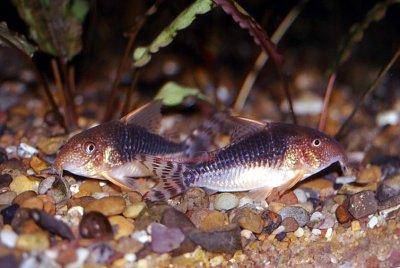






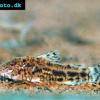 Aspidoras
Aspidoras 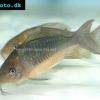 Giant
Giant 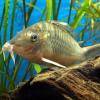 Hognosed
Hognosed 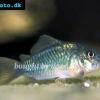 Emerald
Emerald 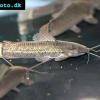 Cascarudo
Cascarudo 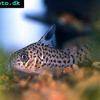 Acre
Acre 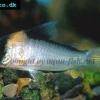 Adolfo’s
Adolfo’s 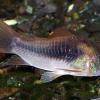 Bronze
Bronze  Agassizii’s
Agassizii’s 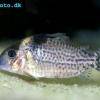 Spotted
Spotted 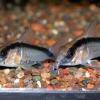 Skunk
Skunk 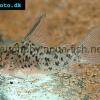 Corydoras
Corydoras 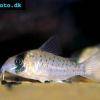 Fairy
Fairy 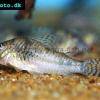 Corydoras
Corydoras 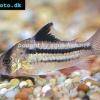 Pink
Pink 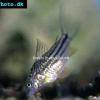 San
San 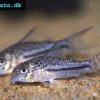 Bond’s
Bond’s 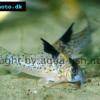 Spotted
Spotted 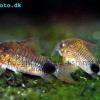 Tailspot
Tailspot 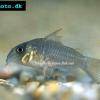 Concolor
Concolor  Cope’s
Cope’s  Sand’s
Sand’s 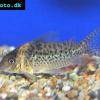 False
False 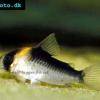 False
False 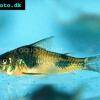 Ehrhardt’s
Ehrhardt’s 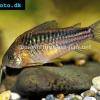 Elegant
Elegant 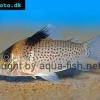 Saddle
Saddle 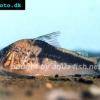 Fowler’s
Fowler’s 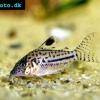 Gomezi
Gomezi 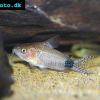 Guapore
Guapore 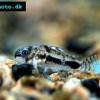 Dainty
Dainty 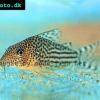 Mosaic
Mosaic 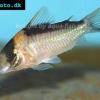 Imitator
Imitator 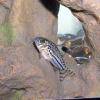 Julii
Julii 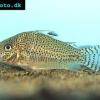 Leopard
Leopard 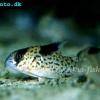 Black
Black 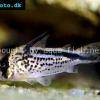 Slant-bar
Slant-bar 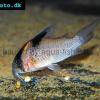 Bluespotted
Bluespotted  False
False 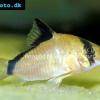 Bandit
Bandit 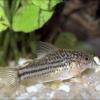 Mini
Mini 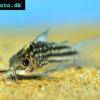 Napo
Napo 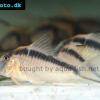 Corydoras
Corydoras  Blue
Blue 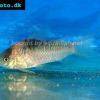 Nijssen’s
Nijssen’s 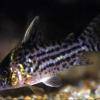 Ornate
Ornate 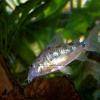 Peppered
Peppered 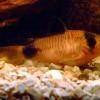 Panda
Panda 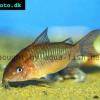 Albertini
Albertini 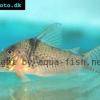 Pastaza
Pastaza 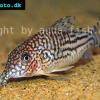 Corydoras
Corydoras 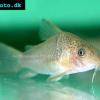 Many-spotted
Many-spotted 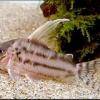 Pretty
Pretty 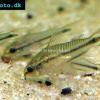 Dwarf
Dwarf  Iridescent
Iridescent 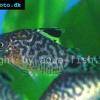 Reticulated
Reticulated 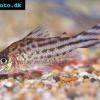 Bannertail
Bannertail 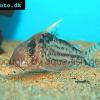 Robust
Robust 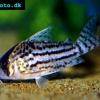 Schwartz’s
Schwartz’s 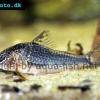 Black
Black 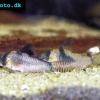 Longnosed
Longnosed 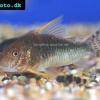 Seuss’
Seuss’ 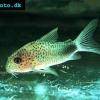 Smudge
Smudge 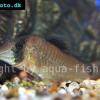 Masquerade
Masquerade 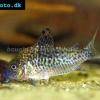 False
False 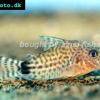 Millenium
Millenium 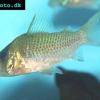 Pinkthroat
Pinkthroat 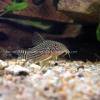 Sterba’s
Sterba’s 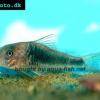 Longsnout
Longsnout 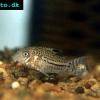 False
False 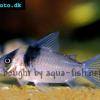 Miguelito
Miguelito 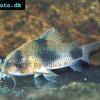 Twosaddle
Twosaddle 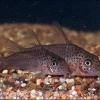 Xingu
Xingu 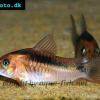 Black
Black 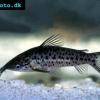 Porthole
Porthole 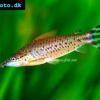 Flagtail
Flagtail 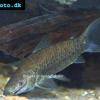 Brown
Brown 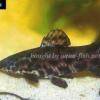 Spotted
Spotted